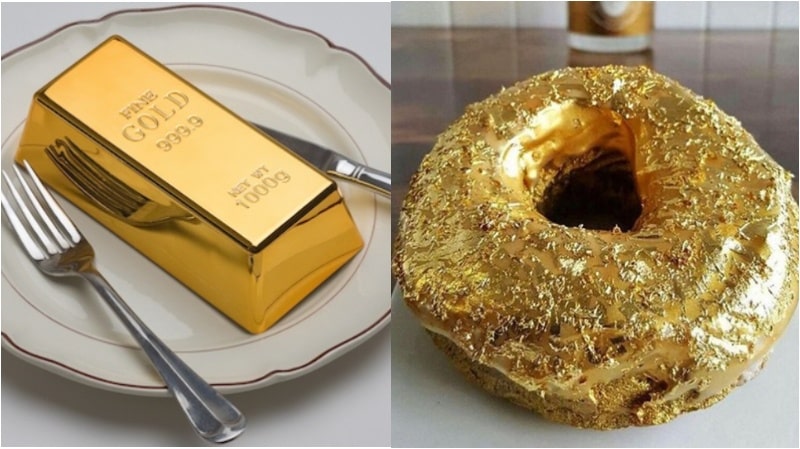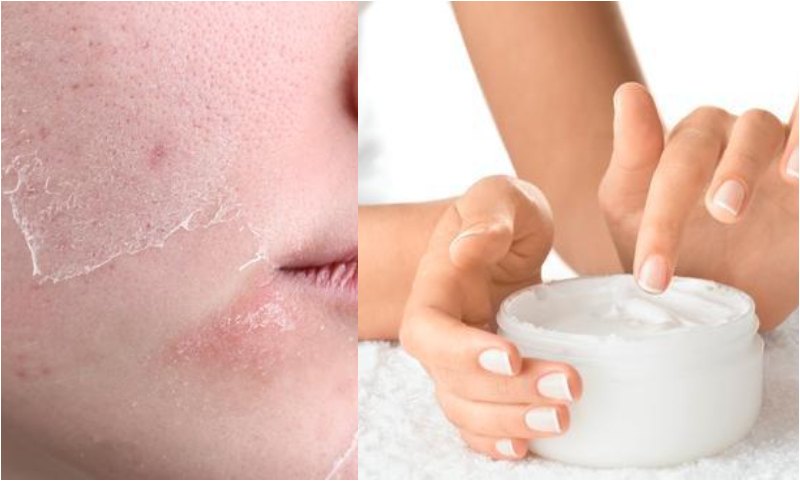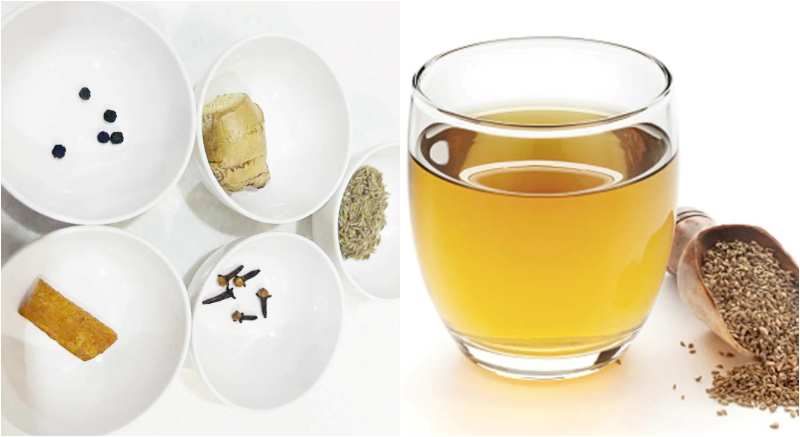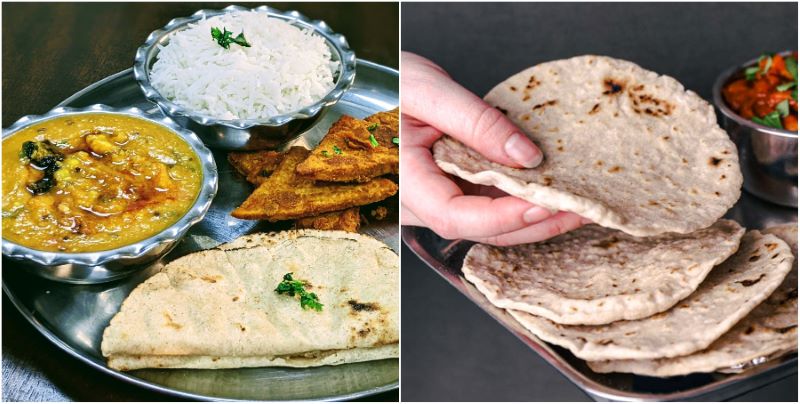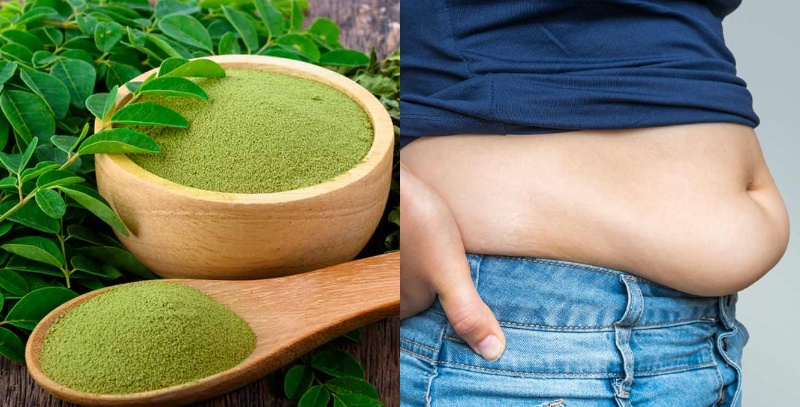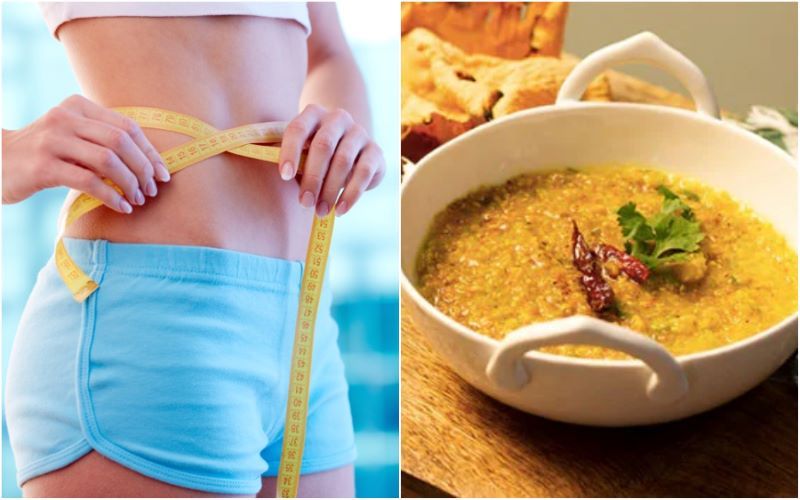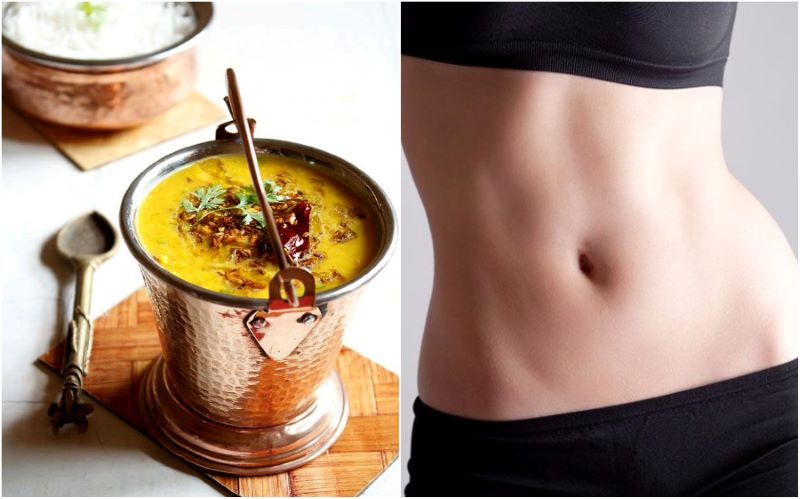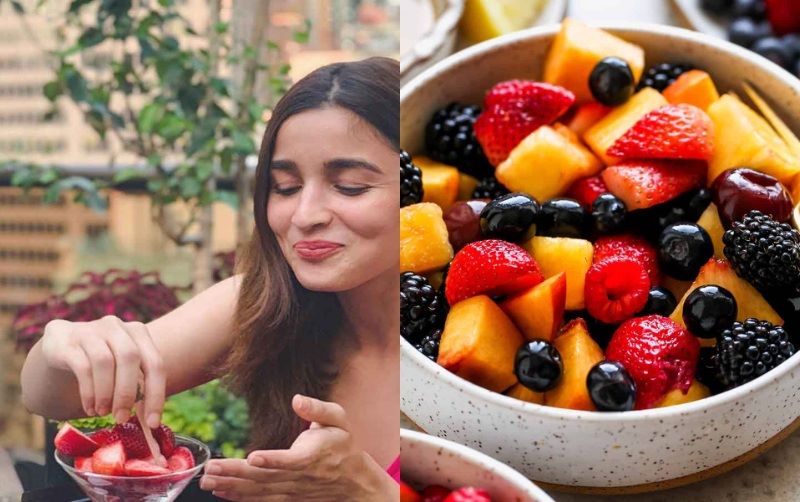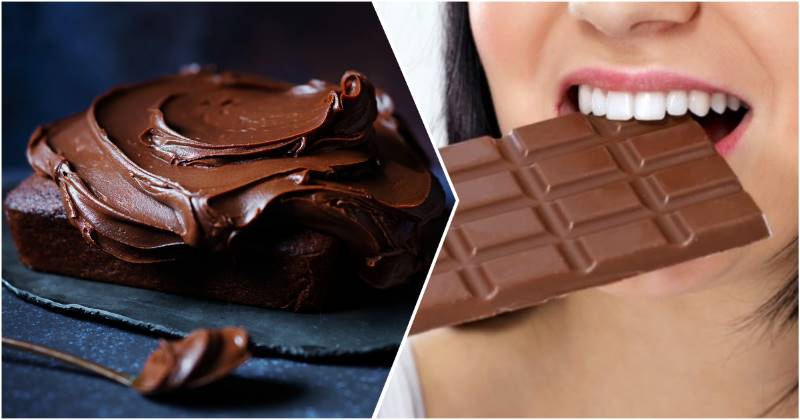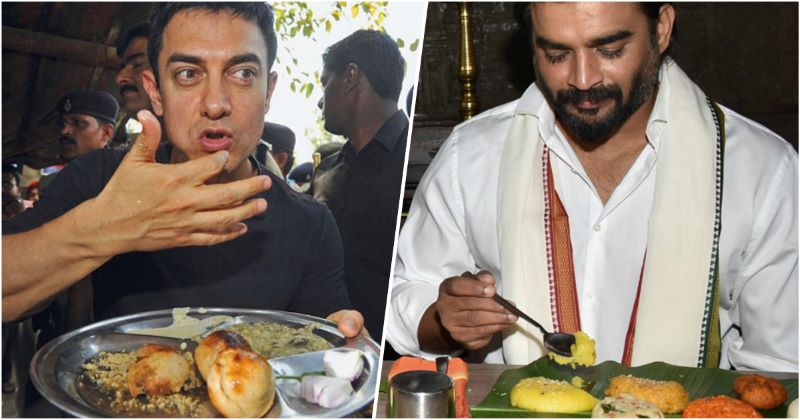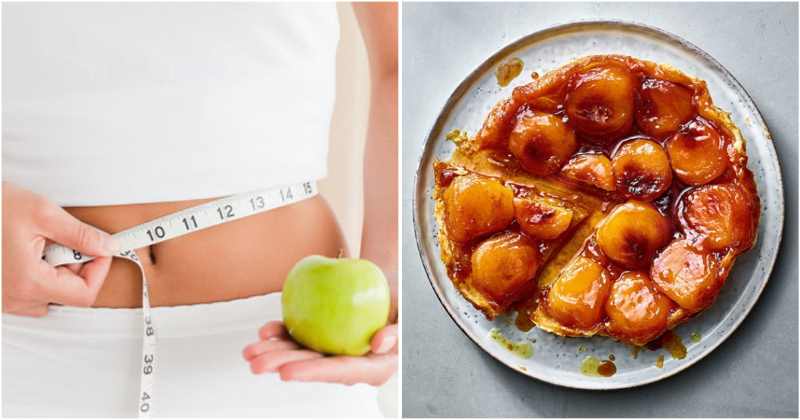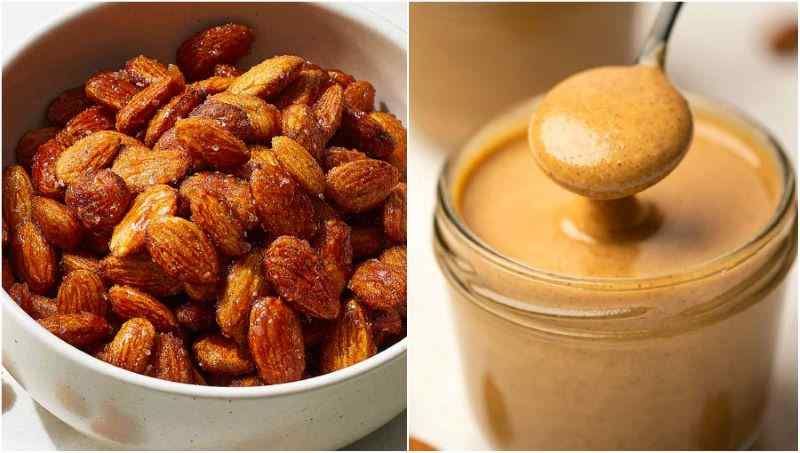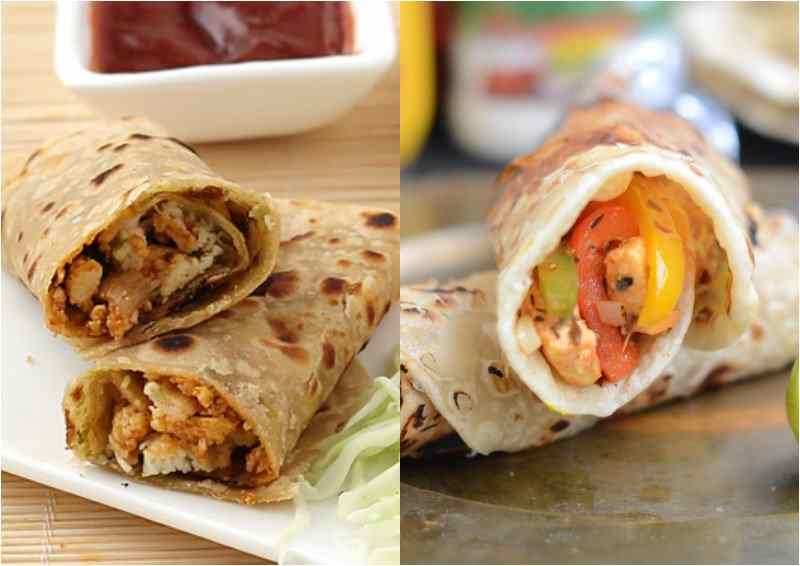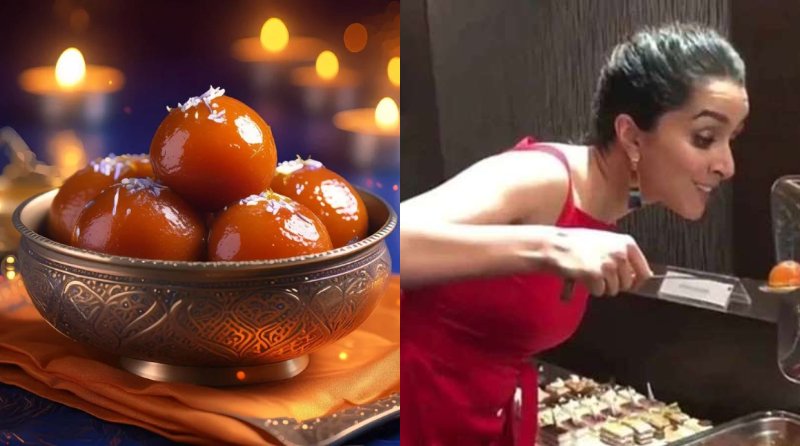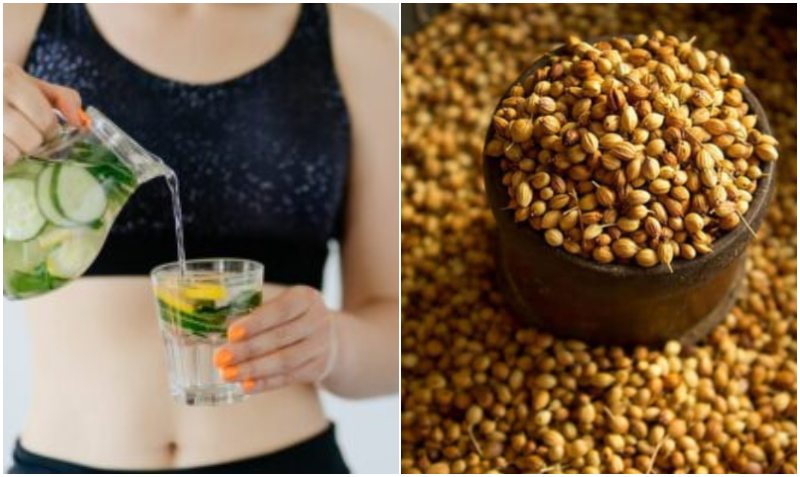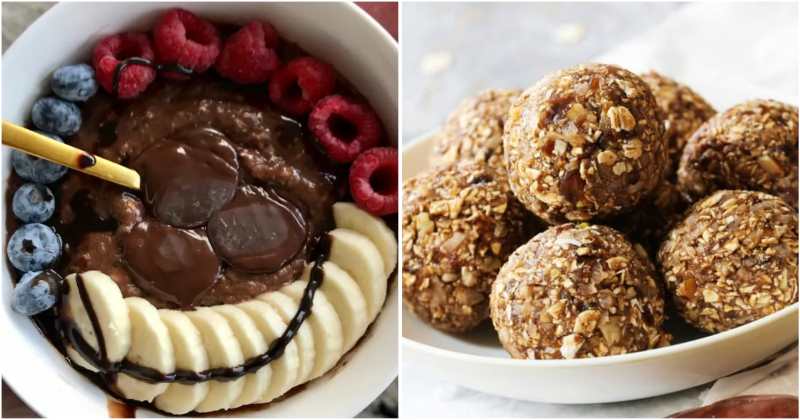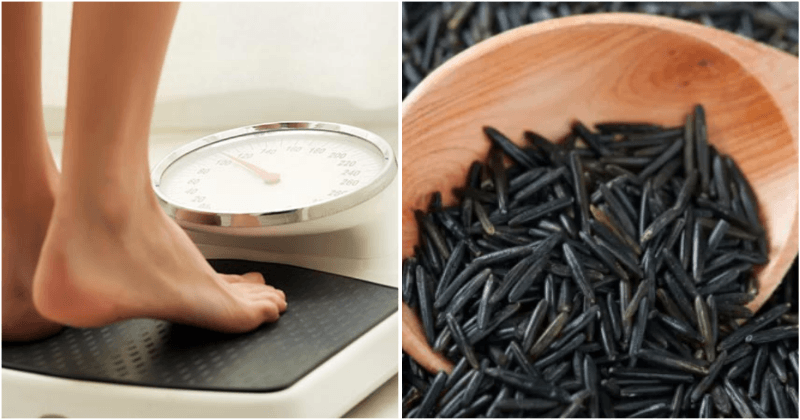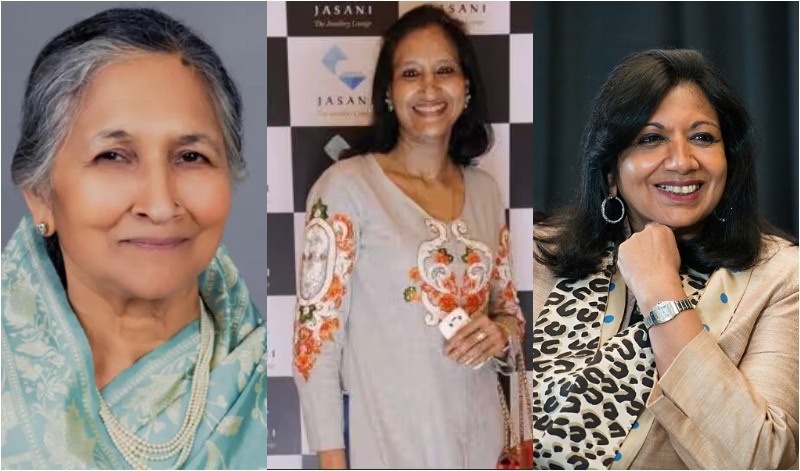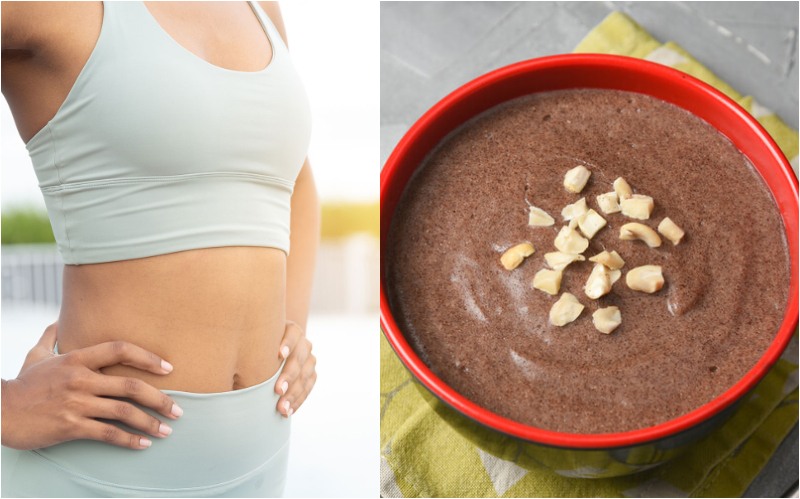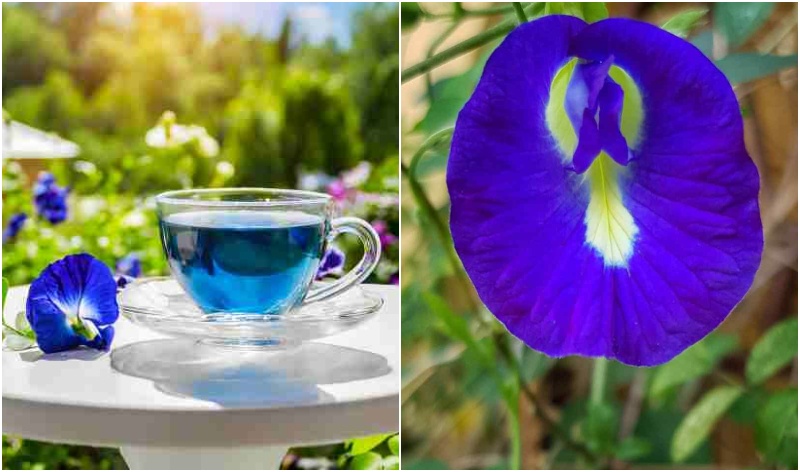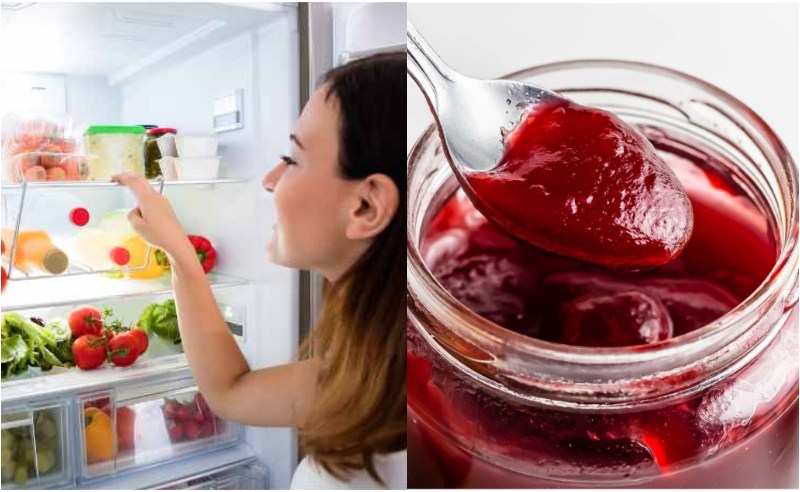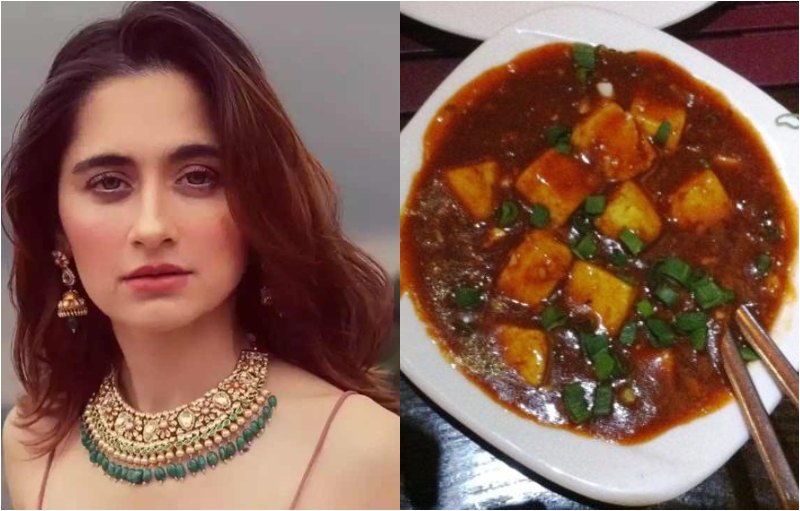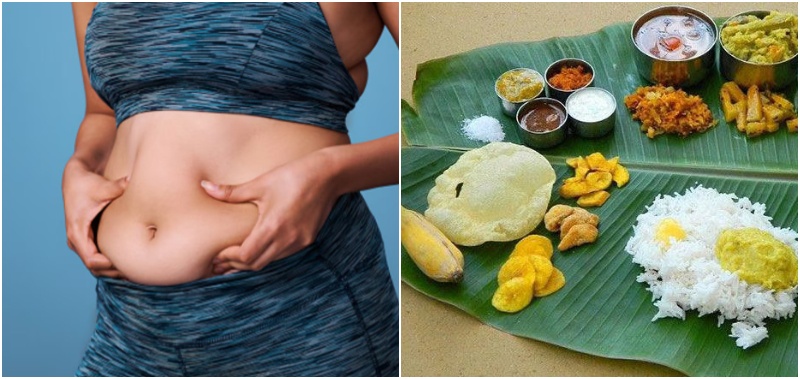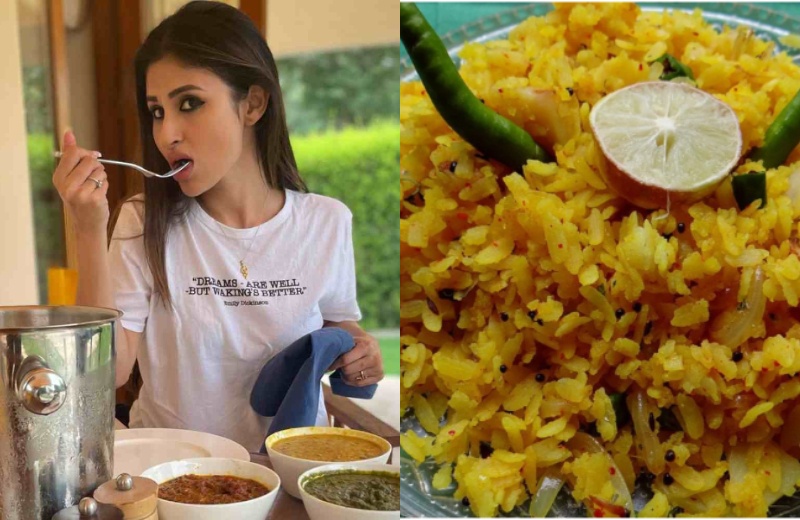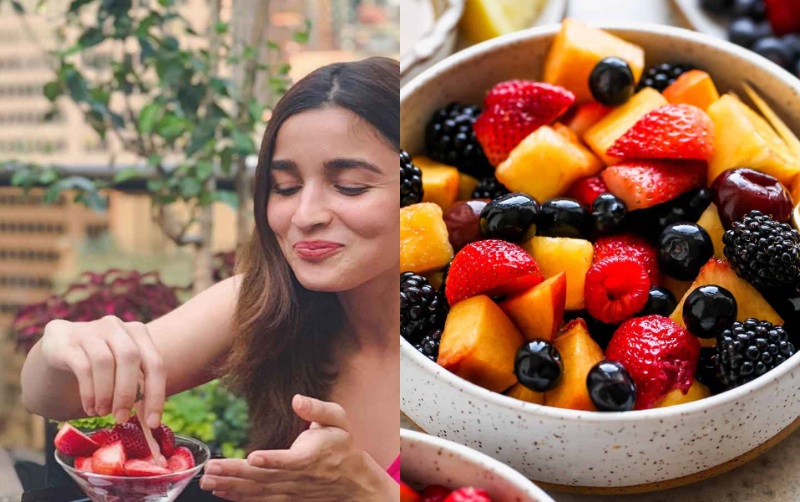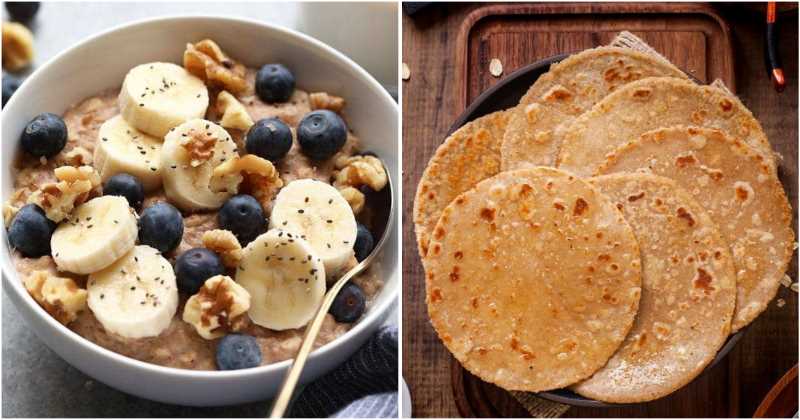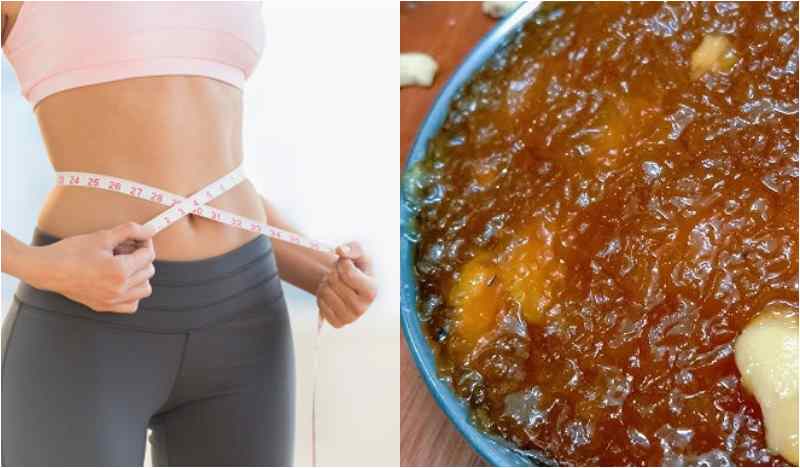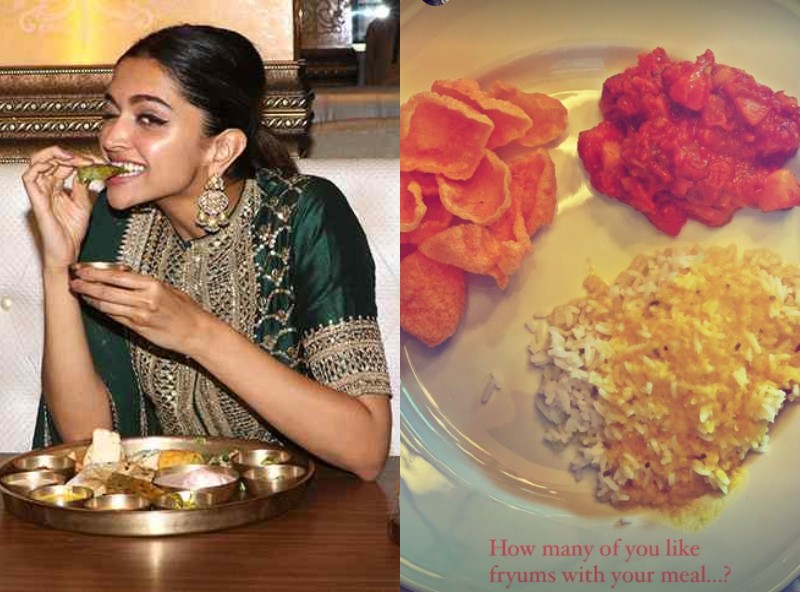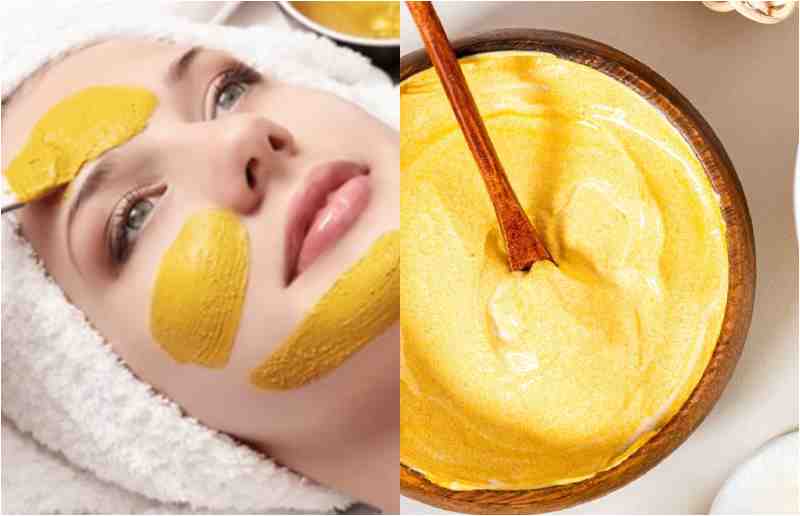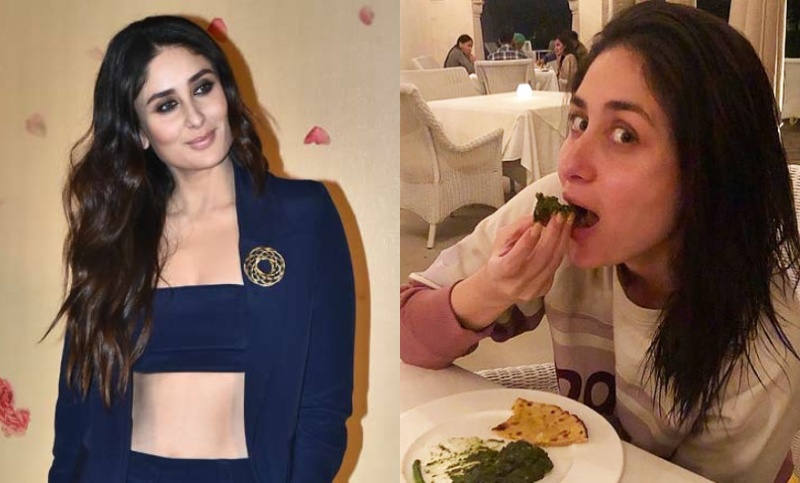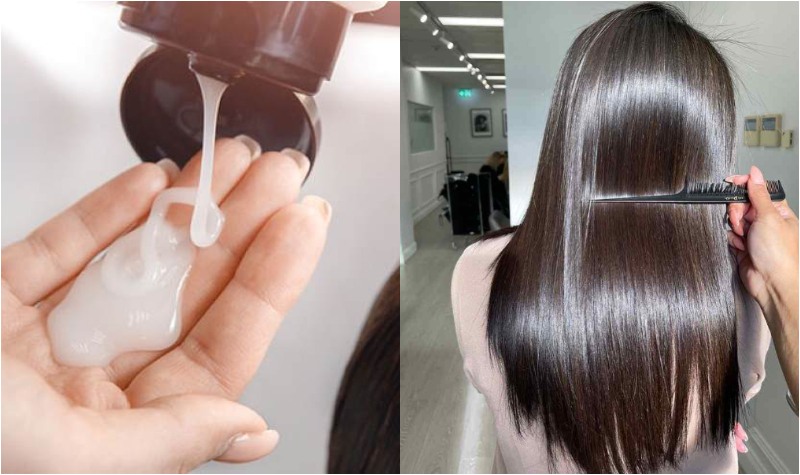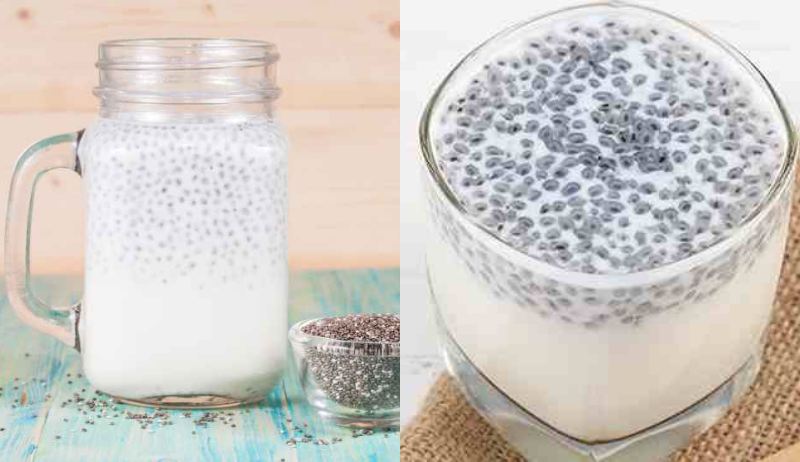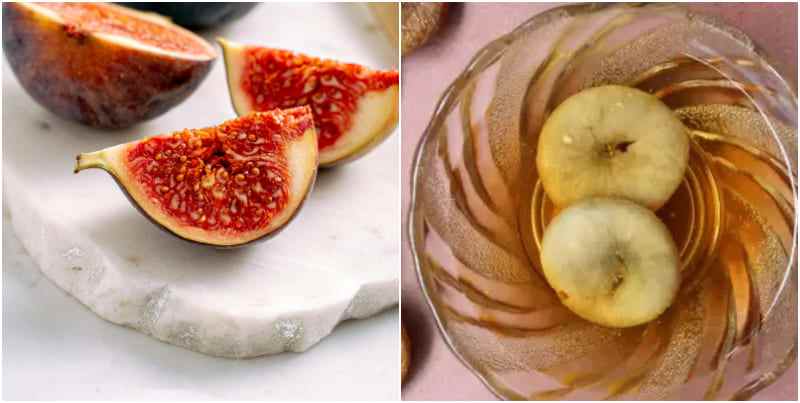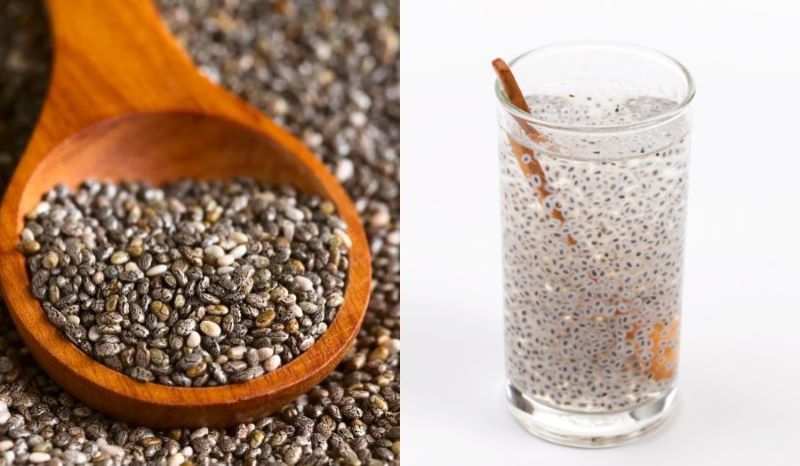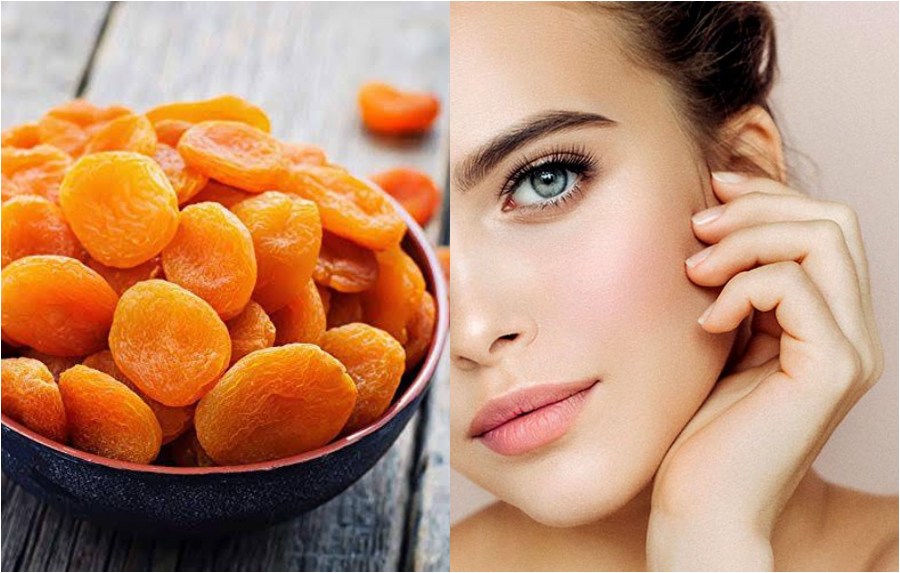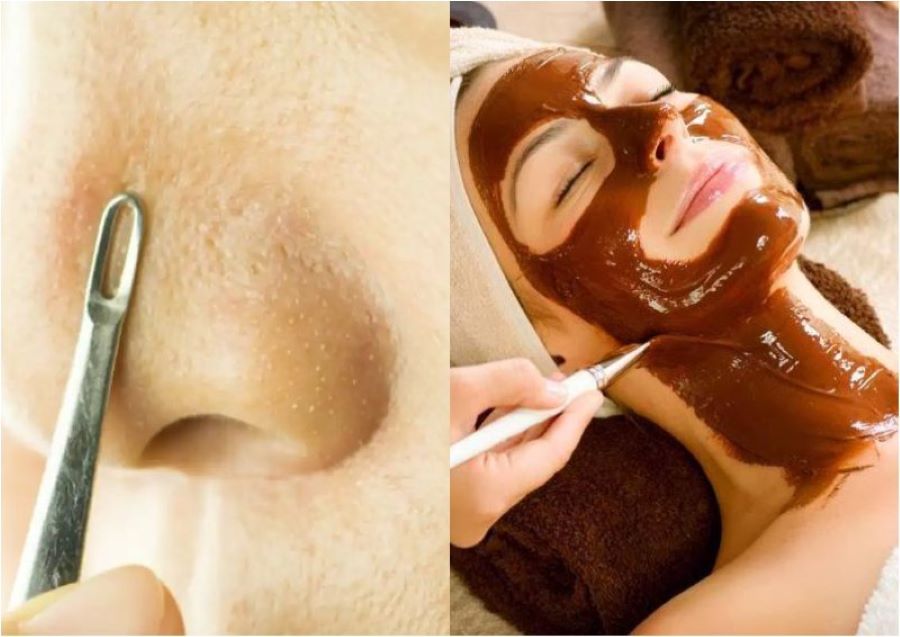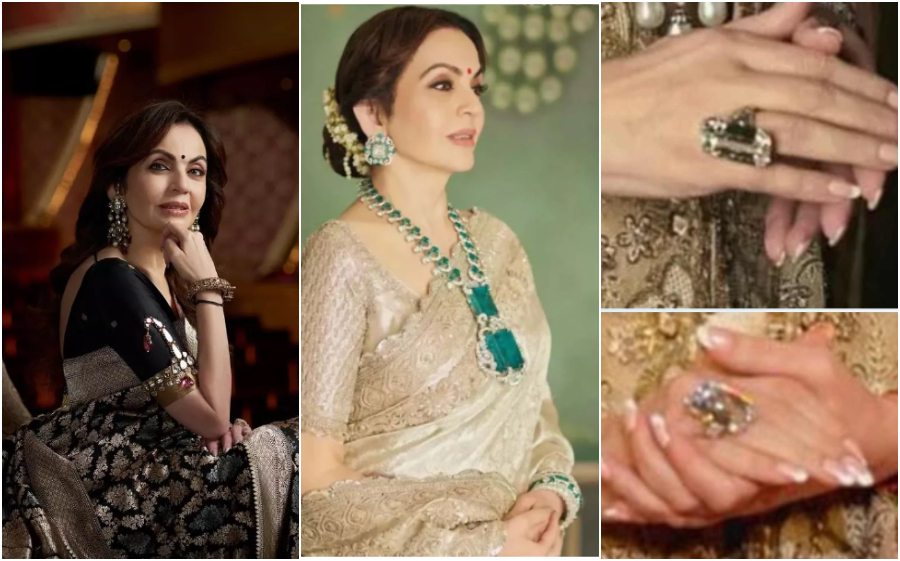Amidst the skyrocketing price of gold, celebrity chef Ranveer Brar has caused quite a stir on the internet when it was revealed that he is serving dal curry at his restaurant in Dubai where tadka is done with 24-carat liquid gold! But why add gold in food, particularly when it’s such an expensive metal? It is quite a popular dish, known as the “24 carat golden tadke wali daal,” or “Dal Kashkan,” served in his restaurant “Kashkan,” which is located in Dubai Festival City Mall. Not suprisingly, the dal is brought to the table in a wooden “sandook” (wooden box) along with the liquid gold in a bowl, which is then poured on to the dal in front of the customer while serving. If you are trying to guess the price, it’s 58 dirhams or roughly 1300 INR to dig into this dal curry at the restaurant. But why add gold to food, what are its benefits? In this article, we try to find out 5 Reasons Why People Add Gold in Food.
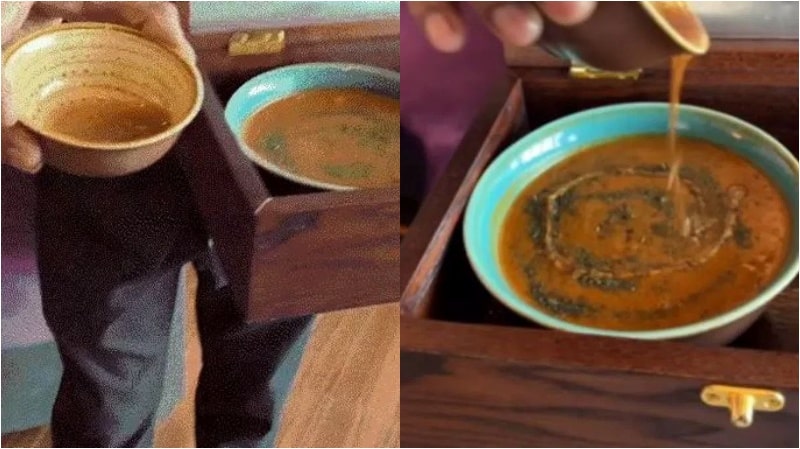
Beyond Dal – Exploring the Glittering World of Edible Gold in Food:
Ranveer Brar’s “golden takde wali dal” is not the only food where gold is added nowadays. Much closer home, Huber and Holly are serving up delicious ice cream wrapped in 24K golden leaf, called “Mighty Midas,” priced at 1099 INR! At a lot of places, they have even started serving gold-plated burger – now that’s where fast food meets extravagance!
Back in the olden days, only kings, queens, and royalty got to eat gold. But now, it’s used to make fancy food look even fancier! From fine dining restaurants to fast food eateries, sprinkling edible gold is the new trend to catch the customer’s attention. Since edible gold is available in leaf, powder, flake and crumb form, it becomes easy to decorate cakes, desserts, ice cream with them.
Adding gold in food is not new to India, our mithai and desserts are often decorated with gold leaf, flakes or what we call “sone ka vark.” Did you know that swarna bhasma (golden ash) has been used in ancient ayurvedic medicine for their healing properties.
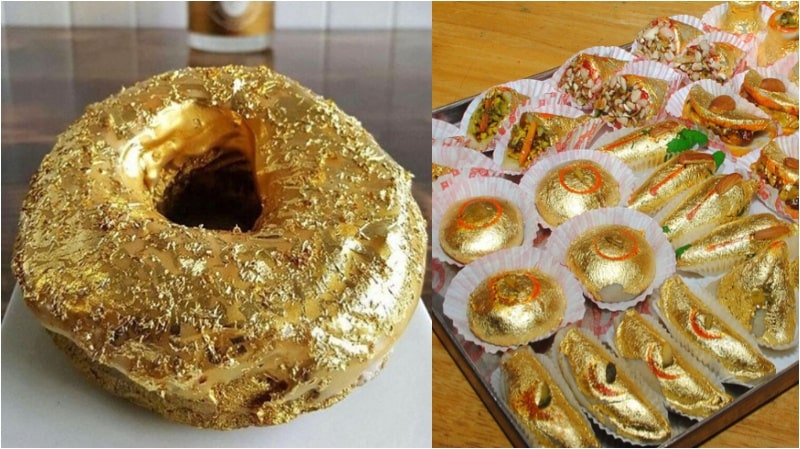
What Happens When You Eat Gold in Food?
Biologically and chemically, gold is an inert element which means it does not chemically interact with biological systems in the body. In other words, it does not cause any physiological effect and does not get digested or absorbed into the body. Gold doesn’t have a taste of its own, so when we add gold in food, it doesn’t change the flavor or taste of the dish. Ever seen athletes biting into their gold medals? Some say they do it to check if the medal is pure because gold doesn’t have a distinct taste. Back in ancient times, people often mixed other metals with gold, so merchants would bite into it to make sure it was pure before buying.
5 Reasons Why People Add Gold in Food:
Now the question arises – why are people adding gold in food because it has no proven nutritious value and does not add flavour to the dish. But what about the quality of the gold? Registered dietician, Alexandra Oppenheimer, mentions that edible gold must be 23 to 24 karat, because impure gold can prove to be toxic. Now, let’s find out why there’s such a frenzy about among people to add gold in food:
1. To Add a Luxurious Touch To Food:
Since gold is such a precious metal, adding gold to dishes can give it a luxurious touch. Take for example, dal, which is a staple food across India. Ranveer Brar has transformed a very basic dish like dal and made it into an expensive affair!
2. To Make Food Visually Appealing:
From a burger wrapped in gold leaf to with ice cream sprinkled with gold flakes, add gold in food to make them alluring. Most of the times, gold leaf and dust are added to dishes and treats to increase the visual appeal of the food.
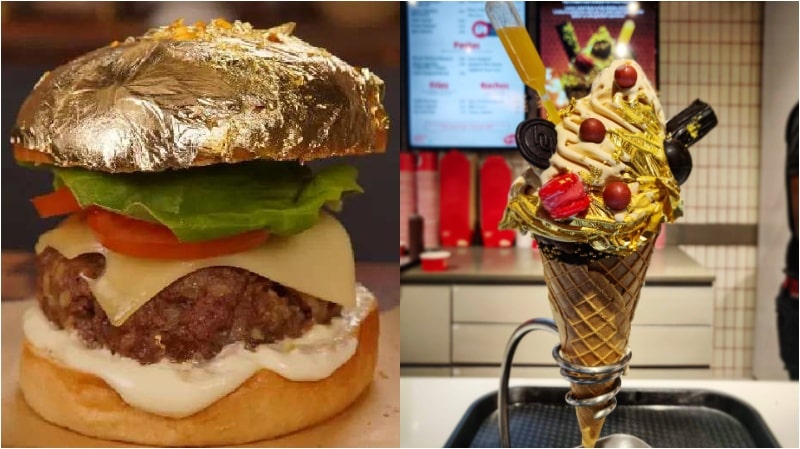
3. Spiritual Significance:
Ancient Egyptians believed that gold had mystical powers and thought that eating gold leaf was a special and holy thing to do. They believed it would help them get closer to the gods they worshipped in their religion. The ancient Egyptians thought gold could clean their minds, bodies, and spirits because they believed it was special and had powers from the gods. People in Alexandria, a city in ancient Egypt, made medicines and drinks with gold, believing it could make the body healthy and young again.
Also read: 2 Effective Ways To Drink Jeera Water For Weight Loss
4. Gold is Believed To Have Healing Properties:
Long ago, people believed gold could help heal wounds and infections (these theories are not scientifically proven). In the 1900s, doctors sometimes put a small piece of gold under the skin near a sore joint, like a knee or elbow and believed that this practice made the pain go away or get much better.
5. It’s a Sattvic Metal:
In India, gold is regarded as the most sattvic metal, which means it is the most spiritually pure metal and thus considered auspicious. Did you know that in China, some people cook their rice with a gold coin in it to make sure they get enough of this important mineral in their bodies!
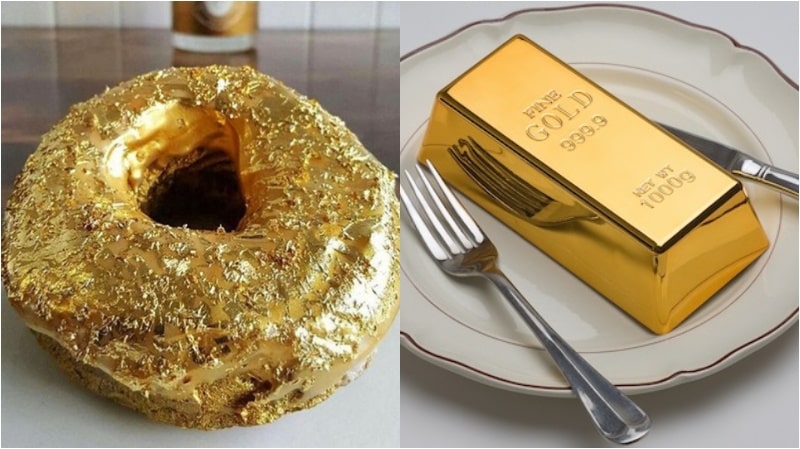
Are There Any Side Effects of Eating Gold:
According to this report on the European Food Safety Authority website, even though gold is up for re-evaluation as a food additive (E-175), there are not major reported side effects. If edible gold meets the minimum standards for purity and is not contaminated, it’s safe for consumption because it does not get digested or absorbed by the body due to its inert nature.
So, the only thing to worry about consuming edible gold is its price factor! With the price of pure gold shooting up every other day, you would want to wear that gold and not add it in your dal!
Disclaimer: The information provided in this article regarding the consumption of gold in food is for informational purposes only. While there may be cultural or culinary practices involving the use of gold in cuisine, it is important to note that there is no concrete scientific evidence supporting its health benefits. Consumers are strongly advised to consult with their healthcare provider before making any decisions regarding the inclusion of gold in their diet. This article does not intend to provide medical advice or guidance on health-related matters.
All images have been taken from Google Images.

